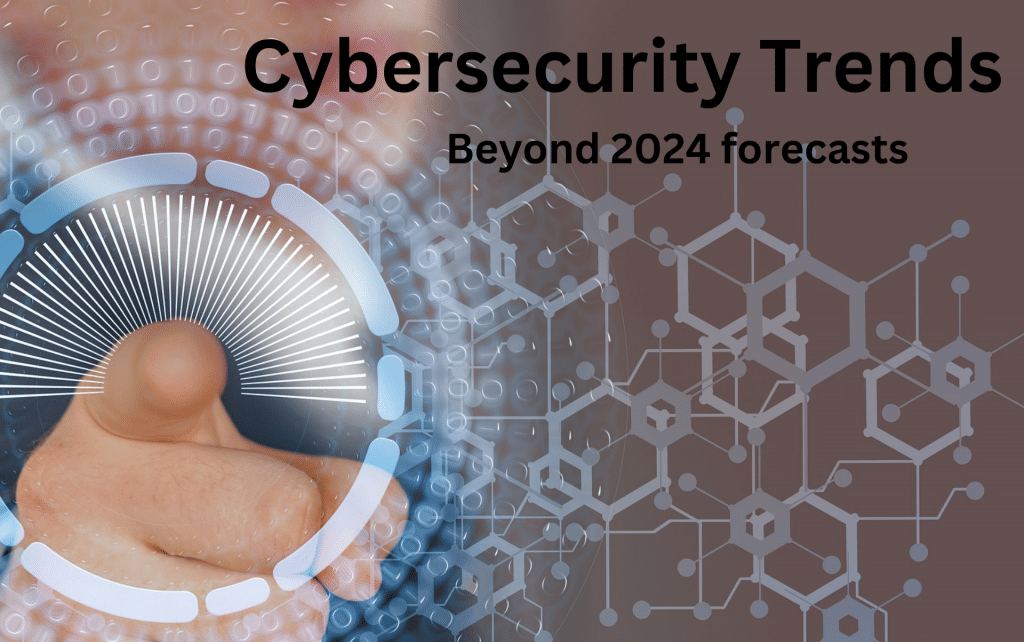During its Security & Risk Management Summit on March 18, Gartner, Inc. shared its top eight cybersecurity predictions for the next coming years. According to Cybersecurity Services Expert Deepti Gopal, a director analyst at Gartner, the focus is changing towards addressing ongoing cybersecurity challenges. This includes the skills shortage as well as human error and not just technological advancements.
2026
In the forecast, 2026 will show that businesses that incorporate GenAI with their security behavior and culture programs (SBCP) will have 40% less employee-driven cybersecurity breach. Similarly, companies will become increasingly focused on personalized engagement as an important part of an effective SBCP. With GenAI, the possibility of creating hyper personalized content and materials will also happen. This takes into account the employees’ unique qualities and personalities. Therefore, says Gartner, will elevate the likelihood of employees exercising safer cybersecurity practices behaviors daily. Hence, decreasing chances of an incident. Cybersecurity services professional, Gopal, stressed that businesses should assess their current external security awareness partners. This is to understand how they leverage GenAI as part of their solution plan.
Continuing to 2026, it is predicted that 75% of businesses will remove unmanaged devices and systems from their zero-trust approach. This is because even though zero trust principles target to limit access and continue to monitor threats, they are not usually applicable towards specialized systems. These systems are custom-made with different functions in cases such as production and unique mission-critical scenarios.
Still through 2026, about 40% of identity and access management (IAM) executives will take on a more significant role in detecting and responding to IAM-related incidents. As IAM becomes increasingly vital, Gartner says that leaders and stakeholders must evolve to become more visible and flex their influence. This will therefore align IAM programs with cybersecurity strategies.

Cybersecurity services
2007
In the year following, by 2027, over 65% of global companies and businesses will expand directors and officers (D&O) insurance to include cybersecurity services executives. This is because of the increased liability and personal legal exposure from the previous years’ changes. Similarly, 70% of firms are expected to incorporate data loss prevention and insider risk management with IAM context. This is to identify suspicious activities more effectively.
Cybersecurity experts are expected to start blending user behavior controls with data loss prevention. It is needed in order to achiever a more comprehensive security approach. This enables a single policy for both data security and insider risk. Gartner advises prioritizing identification of data and identity risks together for effective strategic security planning.
Further on in 2027, almost one-third cybersecurity features will recreate application security to become more accessible to non-cyber experts. They will now be owned by application owners. This shift, however, will open to possible exposures that may be more than the security and application team can handle. It is largely because of the volume and complexity of the applications.
2028
Onwards to 2028, GenAI is expected to significantly impact the cybersecurity workforce. It will potentially eliminate the need for specialized education in about half of entry-level positions. This stresses the importance of focusing on aptitude alongside formal education when hiring and training cybersecurity professionals. GenAI will solve the current issue on skills gap but would require teaching and training platforms. It must evolve and focus on internal user support and more important cybersecurity responsibilities.
In the same year, it is anticipated that business spending on combating malinformation will surpass $500 billion. This will eat up the budget supposedly for marketing and cybersecurity. This is because factors such as AI, social media, IoT, among others will make the spread of misinformation worse. Hence, Gartner recommends organizations define responsibilities for anti-malinformation efforts and invest in tools and techniques to combat the issue effectively.
Get Professional Cybersecurity Services
To conclude, Gartner says that cybersecurity functions need to change to focus on building expertise within teams. This leverages technology and training to enable informed decision-making autonomously. Keep up with the trends and changes in cybersecurity without break a sweat. Get in touch with professional cybersecurity services provider.
